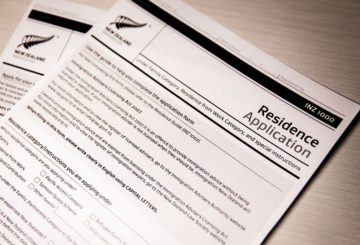在新西兰出生的婴儿最常见的姓氏又是辛格。自2019年以来,这个名字一直位居榜首。
根据内政部发布的数据,在新西兰出生的婴儿第二常见的姓氏是史密斯。
考尔这个名字在历史上是锡克教社区中辛格的女性对应物,排在第三位。
出生、死亡和婚姻总书记官长杰夫·蒙哥马利说,辛格的出现反映了移民趋势。
他说:“人们来这里已经很多年了,已经成为新西兰公民并获得了新西兰护照,我认为我们在这里看到的是,印度社区的公民身份最高,现在他们的名字正在流入全国各地的头号姓氏。”
婴儿的姓氏也反映了全国各地不同的移民模式。
例如,在奥克兰的顶级婴儿姓氏名单中,常见的中文姓王和李分别排名第五和第六,但两者都没有出现在全国前十名榜单上。
同样,在南岛名单上排名第六和第八的安德森和托马斯也不在全国名单上。
蒙哥马利说:“与最受欢迎的婴儿名字不同,后者往往在全国范围内仍然很受欢迎,但姓氏的数据各不相同,描绘了奥特罗阿每个地区的文化历史。”
“通过观察像最常见的婴儿姓氏这样简单的东西,每年都能感受到每个地区的社区如何发展和繁荣,这真是太高兴了。”






























































